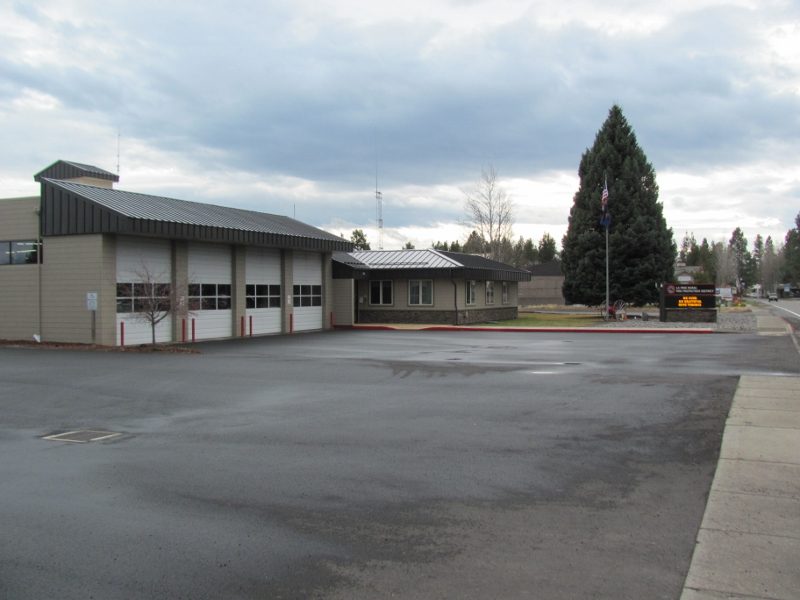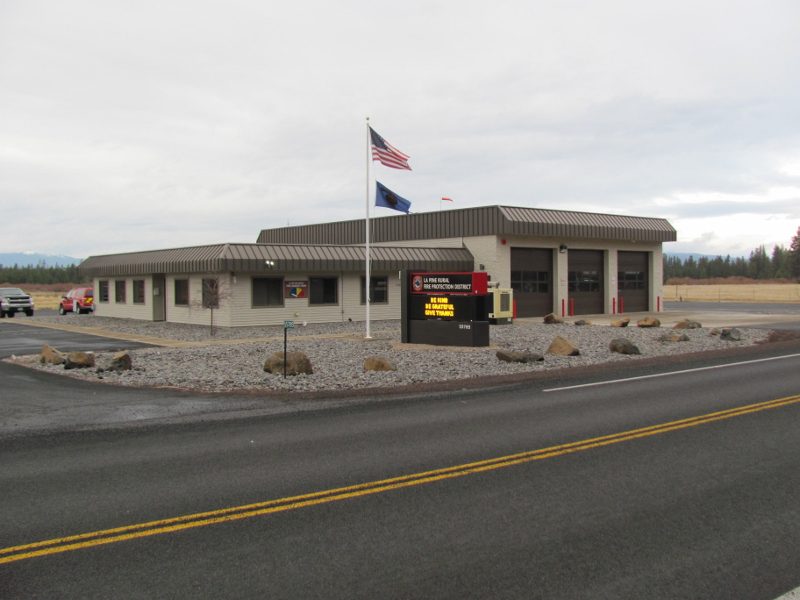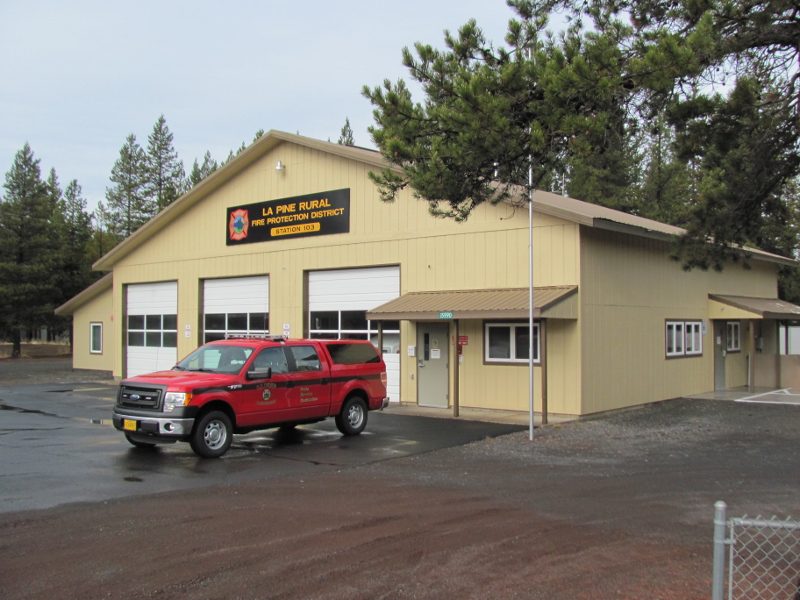La Pine Fire District ISO Ratings
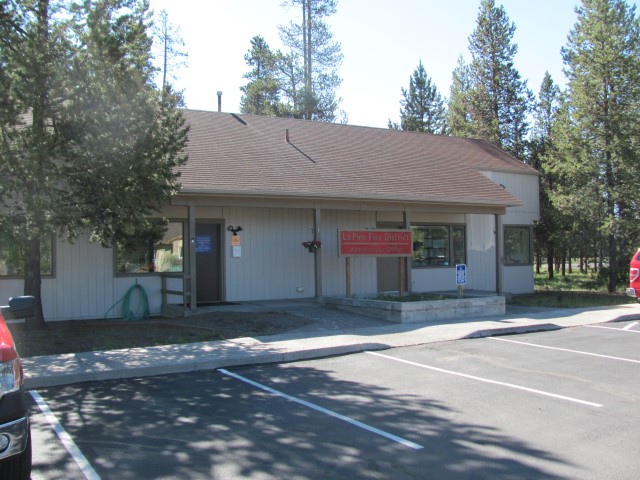
The La Pine Fire District was rated in May 2012 with an ISO Public Protection Class (PPC) 4 for properties within 1000 feet of a fire hydrant and a ISO (PPC) 5 for properties beyond 1000 feet of a fire hydrant and that would rely on fire department supplied water.
The City of La Pine has a fire hydrant system and the following communities also have ISO recognizable water systems and fire hydrants: Sunriver Business Park, Caldera Springs, Crosswaters, Vandervert Ranch, Thousand Trails, Oregon Water Wonderland I, Oregon Water Wonderland II, River Meadows, Wild River, and Ponderosa Pines.
Please refer to a mapping program, such as Mapquest, to determine the mileage between a residence and the nearest fire station. To determine if a property is within La Pine Fire District’s response area, click here for map.
Oregon Wildfire Risk Explorer
Please refer to the map viewer by clicking on “Oregon Wildfire Risk Explorer” heading, input property address, and it will show the wildfire risk.
Fire Station Locations:
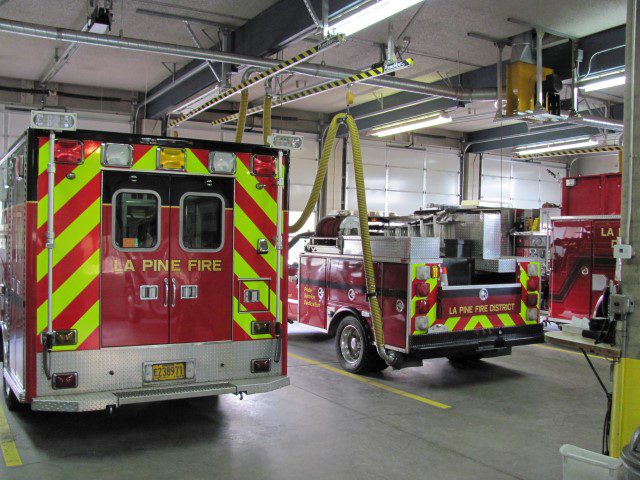
The District’s response fleet includes 3 ALS ambulances, 3 engines, 3 tenders, and 3 wildland engines, in addition to portable tanks.
Engines carry 1000 gallons of water and are capable of pumping 1250 gallons per minute
Tenders carry 2500 gallons of water and are capable of pumping 1000 gallons per minute
Wildland Engines carry 750 gallons of water and are capable of pumping 500 gallons per minute and are fully CAFS equipped.
Portable tanks hold 3,000 gallons of water

What is ISO and how can it affect my Insurance?
The Insurance Services Office, or ISO, is a New Jersey based, private data collection and risk analysis corporation. It collects data and then assigns a Public Protection Classification (PPC) from 1 to 10 to communities throughout the United States. This data is sold to insurance companies to help determine fire insurance premiums. The ISO Public Protection Classification (PPC) is a fire risk rating tool that was originally designed in the early 1900’s and is well suited for large commercial buildings in an urban environment. The ISO classification schedule is based on communications (911/dispatch) services (10%), water supply (40%), and then specific fire department resources (50%), and requirements of the sixth largest non-fire sprinklered building in the jurisdiction.
- ISO’s PPC does not evaluate or credit the historical effectiveness of a community’s fire protection services.
- ISO’s PPC does not evaluate or credit paramedic or medical services.
- ISO’s PPC does not evaluate or credit rescue services.
- ISO’s PPC does not evaluate or credit interface and wildfire resources.
- ISO’s PPC does not evaluate or credit building codes or community fire prevention efforts.
- ISO’s PPC does not evaluate or credit mutual aid and cooperative agreements with federal, state and regional agencies.
- ISO’s PPC is limited to 5 miles from a fire station.
Because of the above, many insurance companies, including some of the top rated, now do their own risk analysis to be more responsive in matching the real risk and market conditions and thus do not use the ISO system. The La Pine Fire District highly encourages individuals to get multiple quotes from ISO and non ISO insurers. Doing so has resulted in very competitive rates and significant savings.
What happens if I live more than 5 miles from a fire station (as most rural community residents do) and I am shopping for residential fire insurance?
Due to excellent roads with little traffic and intersections along with strategically located stations the fire district has excellent response times. Again, residents within the La Pine Fire District have always done well by comparing insurance companies and their related policies and premiums. In addition, the District recently asked ISO directly about this issue, and the response was – “my personal residence is more than 5 miles from my own community’s fire station – so I use an (non ISO subscribing) insurance company that gives the best credit and rate.”
For more information on how the ISO determines Public Protection Classifications, go to ISO’s Public Protection Classification Program.

